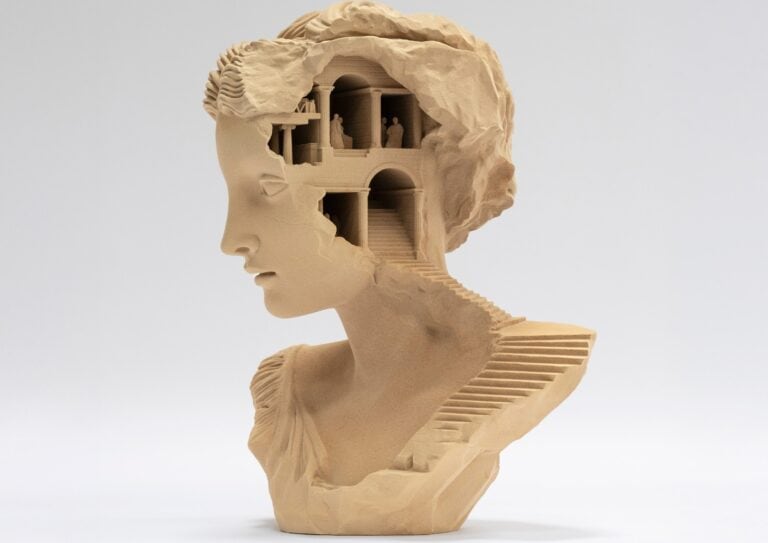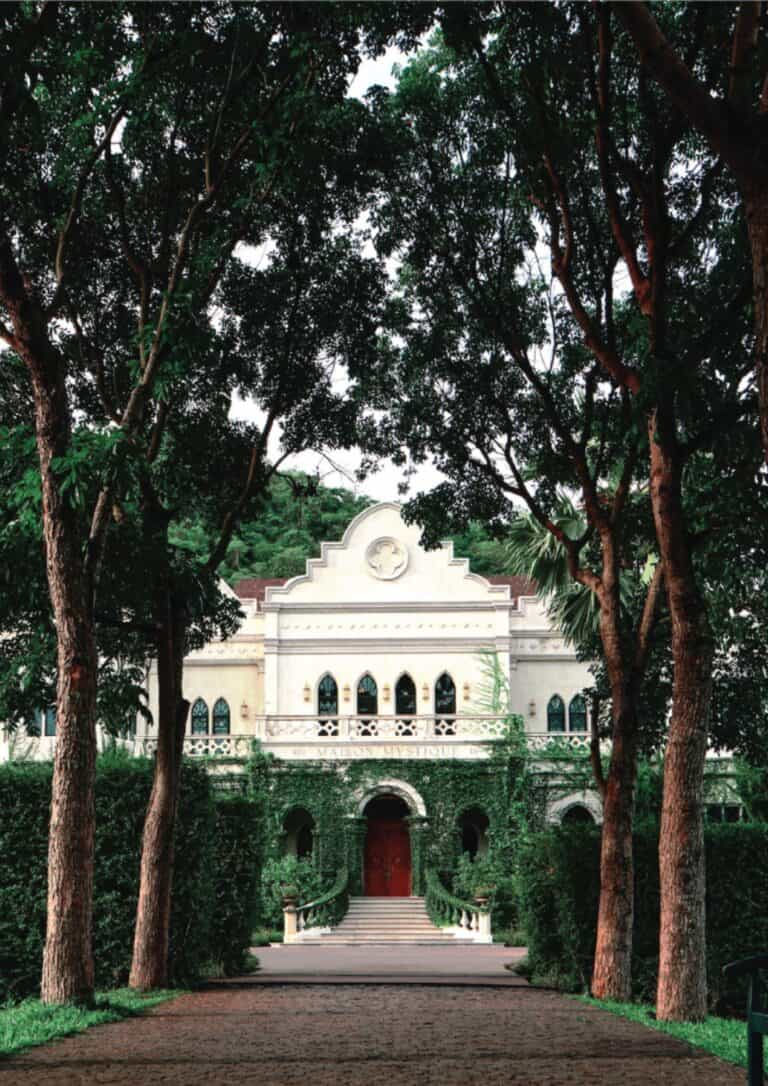
SUSUMU SHINGU, AN UTOPY OF TODAY
Luisa Olivera
It’s a cloudy Saturday at the beginning of October, the fresh breeze and sporadical rains give signs of the end of the summer and the beginning of a new season. But at the Castle of Chambord in central France, the beginning of the Autumn doesn’t only implicate a change of the natural landscape of its gardens, but also marks the inauguration of an exceptional exhibition to celebrate the 500th anniversary of this national monument.

The famous artist Susumu Shingu, “the sculptor of the wind”, comes from Japan and embellishes this lovely castle with several of his creations. The artist is internationally renowned by his mobile sculptures which work with the natural forces of the earth such as gravity, water, and air currents. His artwork is very geometrical, yet light and delicate, and can easily hypnotize the observer with its fluid and gentle movements. Susumu Shingo also pursues a perpetual movement effect, by playing along with wights and counterweights.
At the occasion of the 500th anniversary of Leonardo Da Vinci’s death, the exhibition also connects Susumu’s fascination for fluent movement and complex mechanical structures with this legendary artist. The exposition highlights Susumu’s preparatory drawings, which are of extraordinary beauty and clarity.


At the Castle’s front garden, 21 yellow sculptures impregnate the landscape with vivacity and color; the movement of their light structure is sensitive to the gentle current of the air, embodying the kinetic energy of this element. This set of sculptures named “Wind Caravan”, had been previously displayed in six emblematic places around the world, but Susumu Shingu adapts their color to specifically correspond with each scenery. Less dramatic but equally fascinating, seven other smaller sculptures float in the garden’s front canal. The “Ripples of Light” also relate to elements of energy on earth: gravity, buoyancy, and wind. Inside the castle, two different spaces are dedicated to the exhibition. These spaces include sculptures, scale models, preparatory sketches and videos of the artist, which give a full vision of Susumu’s profile.
The canton Francois 1st is densely filled with hyper-light sculptures, most of them hang from the ceiling giving the impression that they float in the air. A breeze flowing inside the room turns each of the sculptures into life, giving the visitors the full experience of Susumu’s utopic vision. The balance between the lightness of the pieces, along with their architectural structures and their gentle movement results in fascinating homeostasis which alludes to a dialogue between technology and nature.
At the Canton Diedonné, a scale version of the “Atelier Earth” is exhibited as the main piece. This atelier located in Hyogo, Japan, is currently under construction. Susumu designed the space to be dedicated as a creative community center where people can reflect on “how we should live in the future on this planet”. This space is adjacent to the current artist’s “Wind Museum”, an open-air garden with twelve of his most iconic kinetic sculptures.

Appreciating Susumu Shingu’s artwork in such a magnificent castle is truly an experience worth having. The historical walls of solid stone marked by the natural forces of time take a breath of modernity and movement, composing a dynamic ensemble of art and technology through time. The exhibition organized by the gallery “Jeanne Bucher Jaeger” is currently open until March 15, 2020. More info:
Share this post




